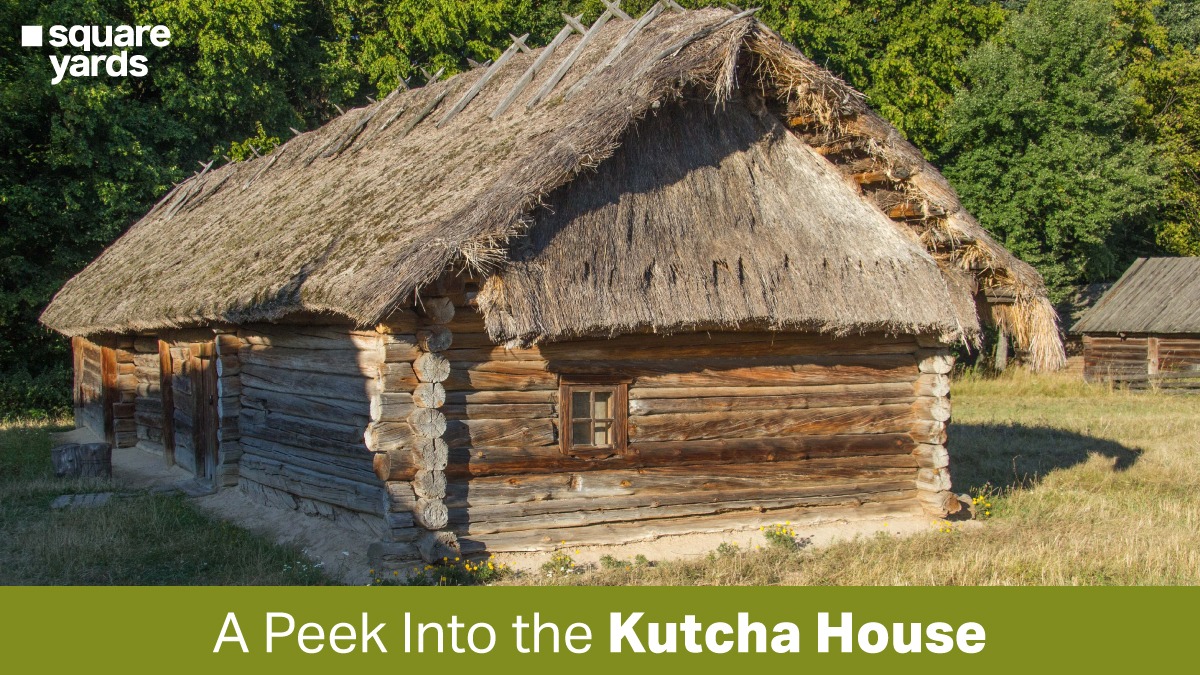Kutcha houses are a type of housing structure that is both resilient and economical and serve as an important part of the developing world’s housing solutions. The term ‘Kutcha’ is derived from the Hindi word for ‘temporary’, indicative of the fact that these types of homes are not permanent but can be changed and adjusted to suit the needs of the occupants.
Kutcha homes are made of easily accessible and low-cost materials and typically come equipped with basic amenities such as a kitchen, a bathroom, and a sleeping area. These kinds of houses are an important part of the developing world’s housing solutions, as they are relatively cheap and easy to construct. In addition to providing housing solutions, these types of homes also provide communities with a sense of pride and ownership.
So, let’s learn more about these houses in detail.
Table of contents
What is a Kutcha House?
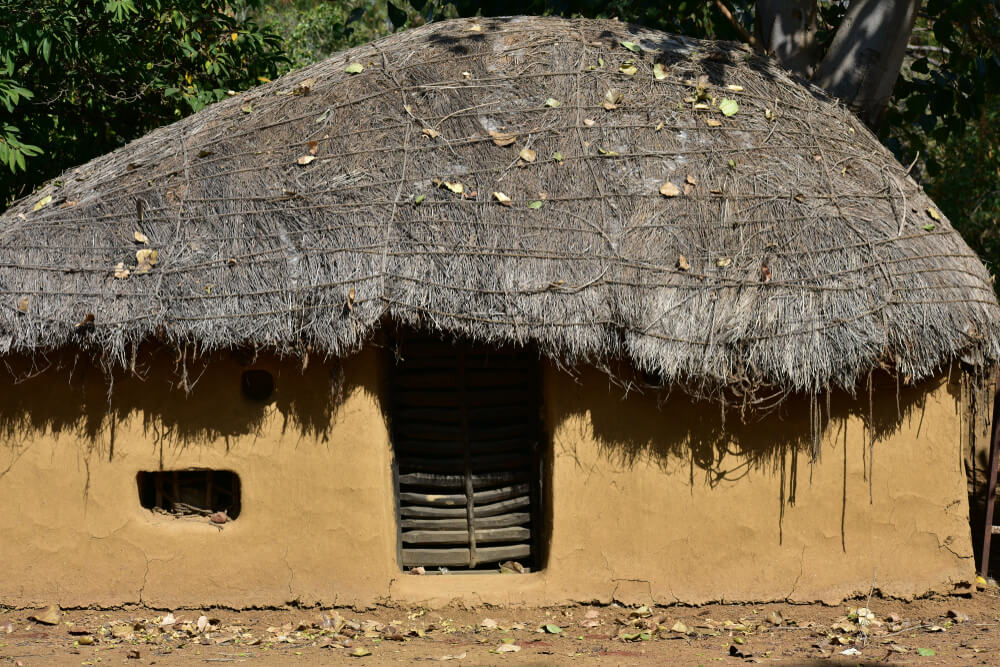
Kutcha houses, also known as kaccha houses, are temporary and makeshift structures made up of natural materials like mud, bamboo, grass, stones, reed, thatch, leaves, straw, and unburnt bricks. These homes are not permanent structures like buildings or flats and are usually small, with one or two rooms shared by several families.
Kutcha house designs are usually found in rural areas of India, where families and workers with limited finances choose to build these houses in order to accommodate their needs. The materials used for these houses are easily found in the local environment and are not able to prevent the infiltration of the environment. The walls and roof of these houses are made of mud and straw, and the roof is typically thatched with grass, leaves, or bamboo. The floors are made of mud and often have a layer of cow dung to help keep the floor dry.
Kutcha homes are examples of need-based buildings and can be built into more permanent structures as needed. These houses can be very dark and humid, as they don’t have windows or proper ventilation. In recent years, some kutcha house designs have been replaced with pucca houses, which are more durable and have better ventilation.
What is a Pucca House?
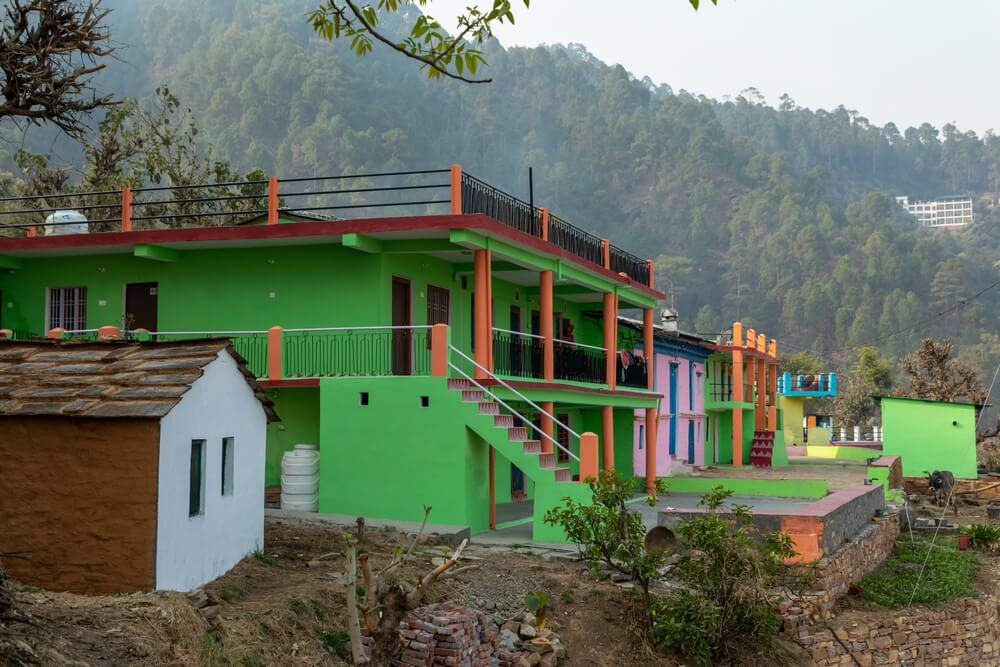
A pucca house, also known as a pakka house, is a solid structure built from durable materials such as cement concrete, jack board, burnt bricks, stone or timber. It is designed to provide its inhabitants with safe, secure, and long-lasting shelter. The roof and walls of a pucca house are built to withstand extreme weather conditions such as heavy rains, strong winds, and seismic activity.
The pucca house structure is also designed to be energy efficient, with proper insulation and ventilation to keep the interior cool during summers and warm during winters. Additionally, pucca houses are aesthetically pleasing, with attractive designs and finishes that can be customised to suit the tastes and preferences of the owner.
Types of Kutcha Houses
Kutcha houses are a type of semi-permanent accommodation which can be found in various locations around the world. These dwellings often lack certain modern amenities such as running water and electricity. Despite their vulnerability to destruction, kutcha houses remain a common form of accommodation for rural and impoverished communities around the world.
Some of the Different Types of Kutcha Homes are as Follows:
Caravans
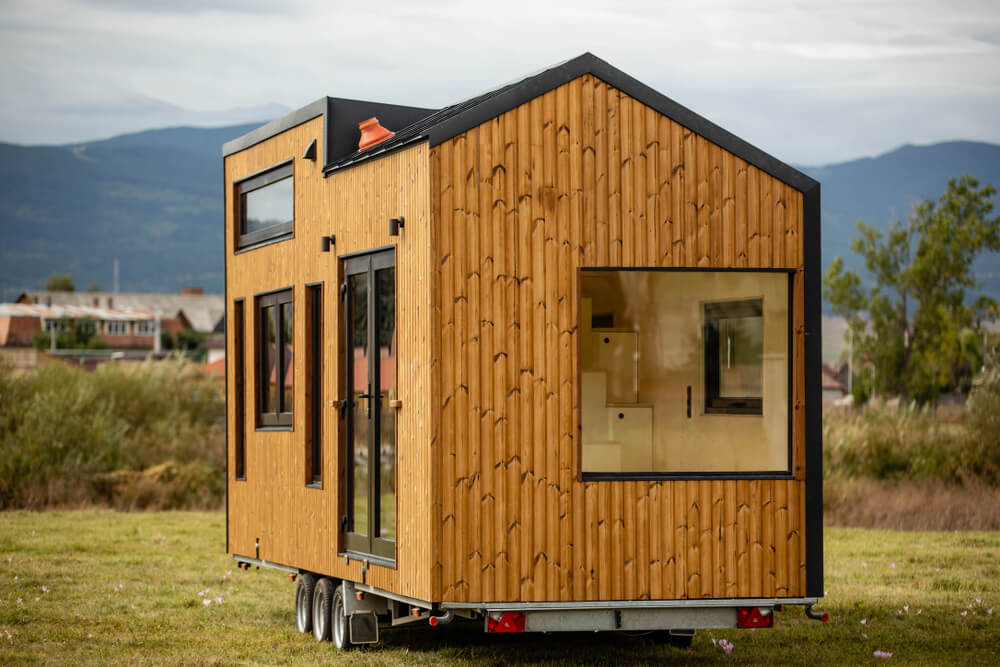
In ancient times, people who travelled in groups searching for markets for their goods were referred to as nomads. They would transport their belongings using bullock carts or camels, and the moving houses they built were called caravans - a great example of makeshift dwellings on the go. Nowadays, a caravan is a special vehicle equipped with all the amenities of a house.
Houseboats
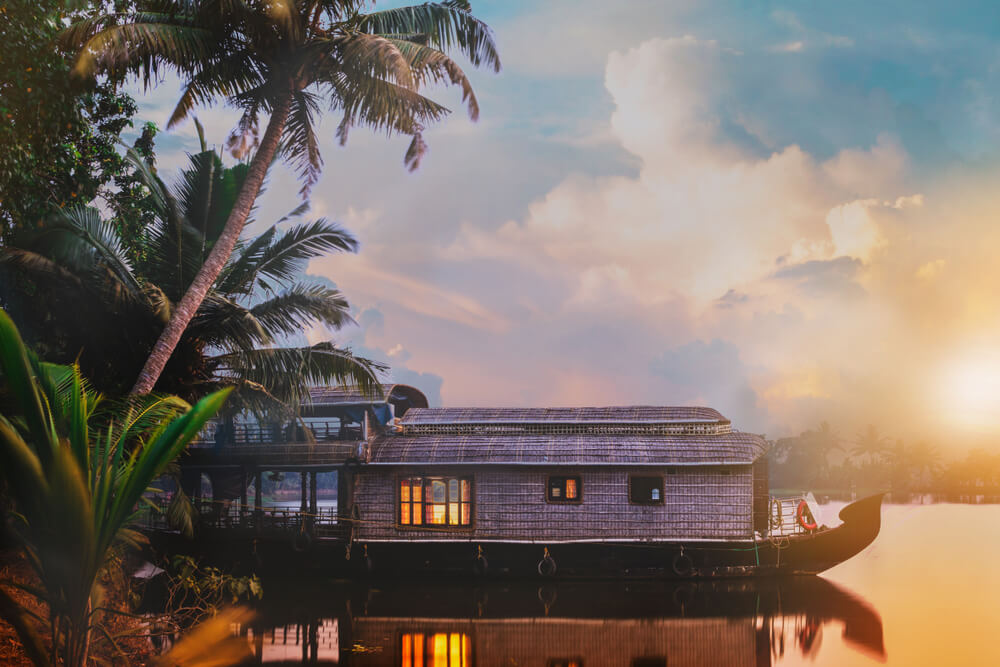
In India, houseboats are a popular form of accommodation, particularly in Kashmir's Dal Lake and Kerala. These boats are designed to be just like a house, with all the modern amenities required for comfort, such as beds, showers, toilets, kitchens and living rooms. Many houseboats also offer a variety of activities and amenities, such as fishing expeditions, sightseeing tours and cruises, along with dining options.
Igloos
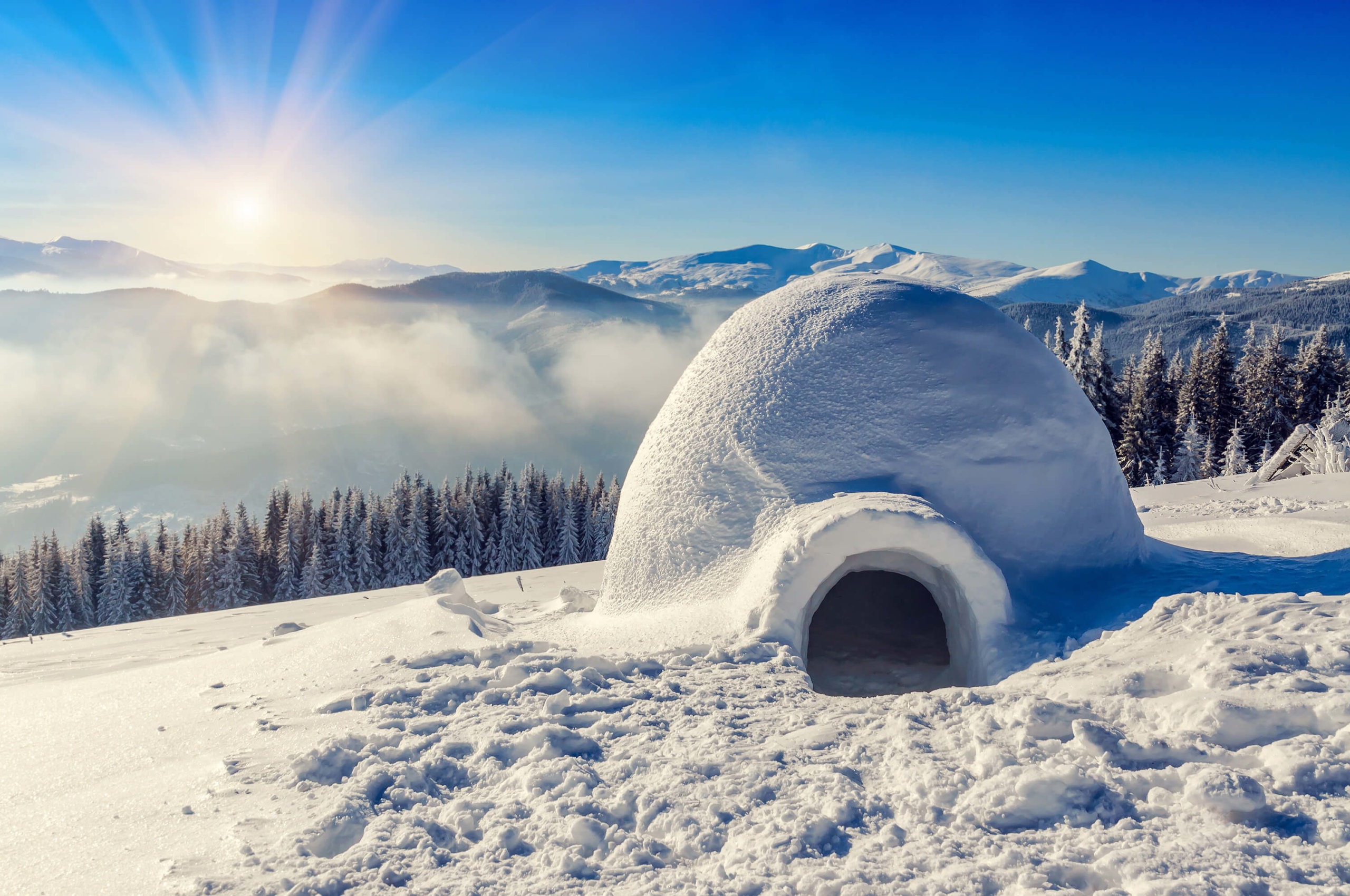
Igloos are traditionally built snow houses or huts found in Canada’s and Greenland’s Arctic regions. They are made from snow and blocks of ice but are surprisingly warm inside. Igloos are the primary residence of the Eskimos, the indigenous people of the Arctic region. The building process of an igloo involves packing blocks of snow in a spiral fashion until it forms a dome shape.
Stilt Houses
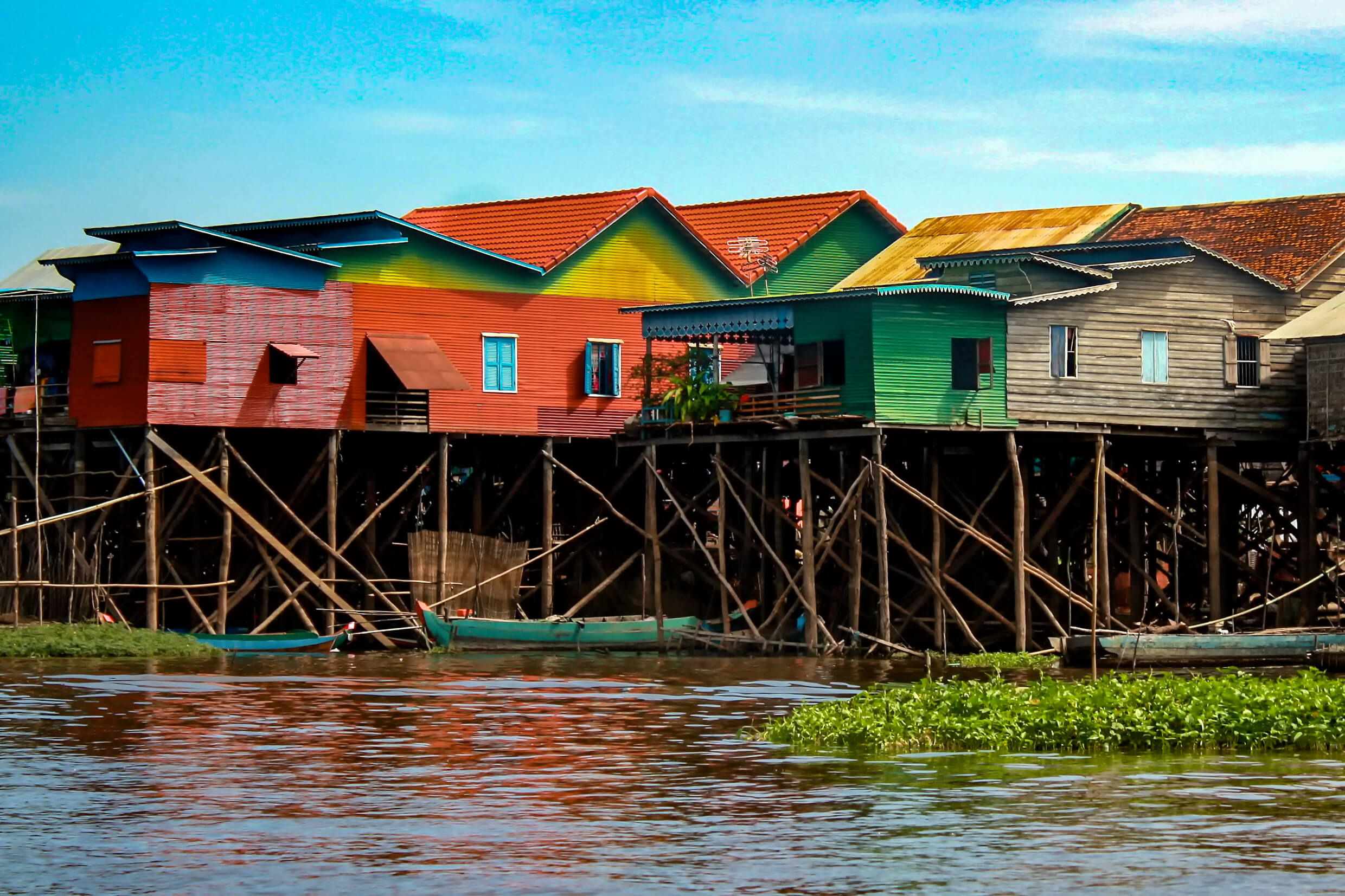
Stilt houses, also called pile dwellings, are built on piles of water or soil, usually in areas where flooding is a risk. These houses are constructed by driving poles or piles into the ground and then building the house on top of them. The piles provide support and protection from flooding, as well as a more stable foundation than a traditional house. These types of houses have been used for centuries, providing a safe and secure home for those living in flood-prone areas.
Don't miss It!
| Types of Houses | Know about Types of Houses |
| Cottage House | What is a Cottage House? |
| Cabin House | What is a Cabin House? |
| Open House | What is a Open House? |
| A-Frame House | What is A-Frame House? |
| Narrow House | What is a Narrow House? |
| Duplex House | What is a Duplex House? |
| Service Apartments | What is a Service Apartment? |
| Penthouse | What is a Penthouse Meaning? |
Advantages and Disadvantages of Kutcha House
The advantages and disadvantages of Kutcha house design are as follows:
Advantages
- Eco-Friendly: Kutcha houses are made of traditional materials like mud, straw, bamboo, jute and other natural resources. These materials require little or no processing and, thus, help reduce carbon emissions.
- Economical: Kutcha house prices are far more cost-effective than permanent houses, as they require fewer materials, labour and other resources to build.
- Flexible: Kutcha houses can be easily disassembled and reassembled, making them ideal for shifting settlements and seasonal migration.
- Accessible: Kutcha houses are relatively easy to build and, thus, are often employed to provide shelter to homeless people and those living in poverty.
- Durable: Kutcha house designs are known to be resilient and last long, despite being made of mostly natural materials.
Disadvantages
- Poor Ventilation: Kutcha houses are often poorly ventilated and do not have adequate windows or doors for ventilation. This can make the interior of the house very stuffy and uncomfortable, especially during the summer months.
- Unsafe Materials: Kutcha houses are usually constructed from materials that are not very durable and can be easily damaged. As a result, they are more prone to damage from weather and animals.
- Potential Health Hazards: Kutcha houses are often built without adequate sanitation facilities and are therefore more prone to diseases and other health hazards.
- High Maintenance: Kutcha homes need to be regularly maintained and repaired in order to remain structurally sound. This can be a costly and time-consuming process.
Kutcha House: Materials Used
Kutcha house construction typically utilises materials such as untouched bricks, grass, bamboo, thatch, reeds, mud, and stones that are loosely packed. These materials are often used to build walls and roofs of homes, providing a cost-effective and traditional construction method.
Kutcha House: Amenities
Living in a kutcha house is a difficult experience, as many of the basic amenities that we take for granted are often not available. Without access to 24-hour electricity, clean water, a bath facility, and LPG/PNG for cooking, families living in these homes must struggle to get by. Members of these families are often forced to walk for miles to get access to drinkable water, and there is often little to no sanitation. This lack of access to basic amenities can cause immense difficulties for kutcha house residents.
Difference Between Kutcha House and Pucca House
The difference between Kutcha House and Pucca House is included in the form of a tabular representation below:
| Basis of Difference | Kutcha House | Pucca House |
| Materials Used | Made of effortlessly available materials like straw, mud, stones or wood. | Made of materials like bricks, iron, cement, etc., to build a concrete structure. |
| Owned By | Kutcha houses are possessed by the financially weaker sections of the society. | Pucca house residents are generally above the poverty line. |
| Risk of Damage | Kutcha homes are unstable structures that often run the risk of being harmed by criminal actions or natural disasters. | Pucca houses are stable and can’t be broken easily. |
| Duration | Kutcha house designs are often constructed as temporary accommodations and not for the long term. | Pucca houses are permanent and considered as an investment. |
| Amenities | Kutcha house residents can enjoy only basic amenities | Pukka house owners enjoy amenities in accordance with their income standard. |
| Room Demarcations | In a kutcha home, room demarcations might or might not be present. | Rooms are demarcated along with dedicated hallways, bedrooms, baths, living rooms, and kitchens. |
Conclusion
In conclusion, Kutcha house designs are an eco-friendly and sustainable form of dwelling found in rural areas worldwide, and they offer many advantages over pucca houses. They help to create a lifestyle that is both sustainable and environmentally-friendly, and are a great option for those looking for a more eco-friendly dwelling.
FAQ's about Kutcha House
Q1. Are kutcha houses a good idea?
Kutcha houses can be a good idea in certain situations, such as in short-term, or in areas where other housing options are limited. However, they are usually not suitable for long-term living, as they are not as safe and secure as permanent housing.
Q2. Who lives in a kutcha house?
Kutcha houses are most commonly found in rural areas of India, and they are typically inhabited by families with lower incomes.
Q3. Why are Kutcha homes not long-lasting?
Kutcha homes are typically constructed with materials such as mud, bamboo, and wood, which are not long-lasting and can easily deteriorate over time. Moreover, these houses often lack basic amenities such as running water, electricity, etc, which further contributes to their lack of longevity.
Q4. Are there kutcha houses in Indian cities?
Yes, there are kutcha houses in many Indian cities and are usually found in urban slums and rural areas. Such homes can provide shelter to low-income families.

